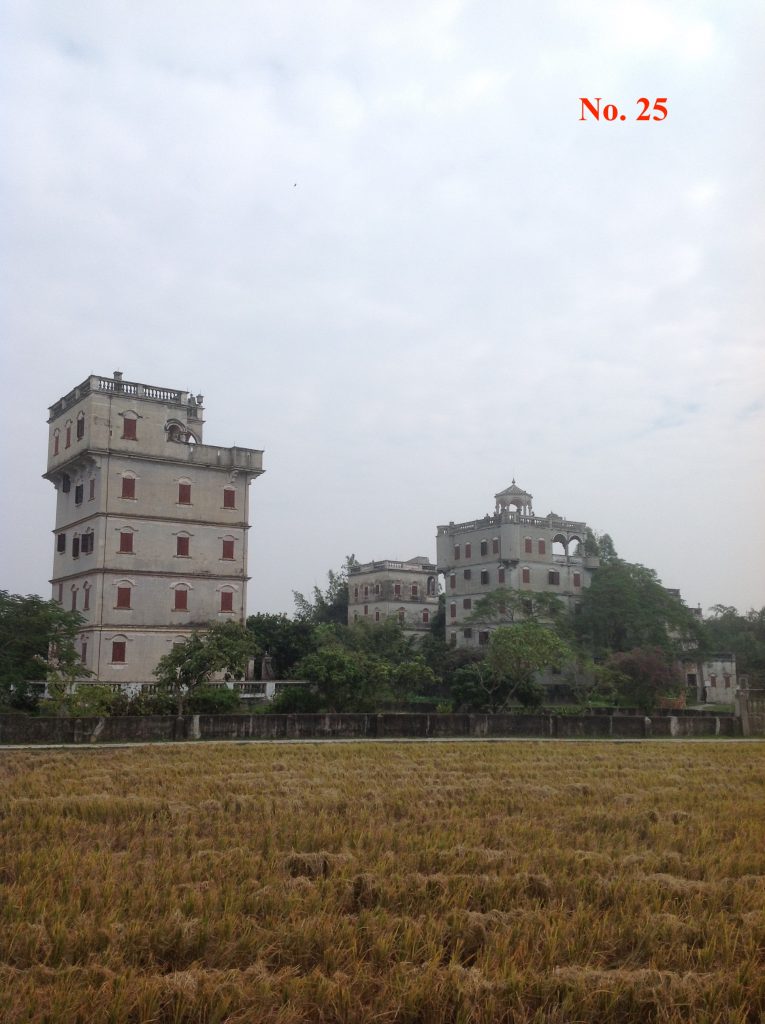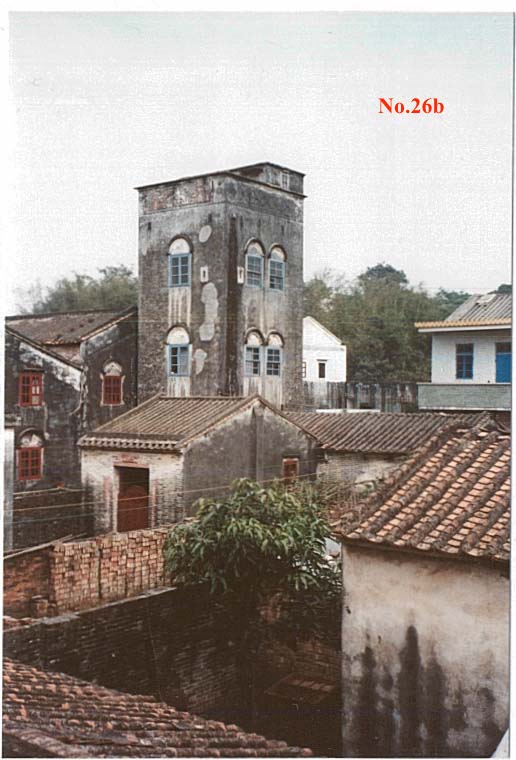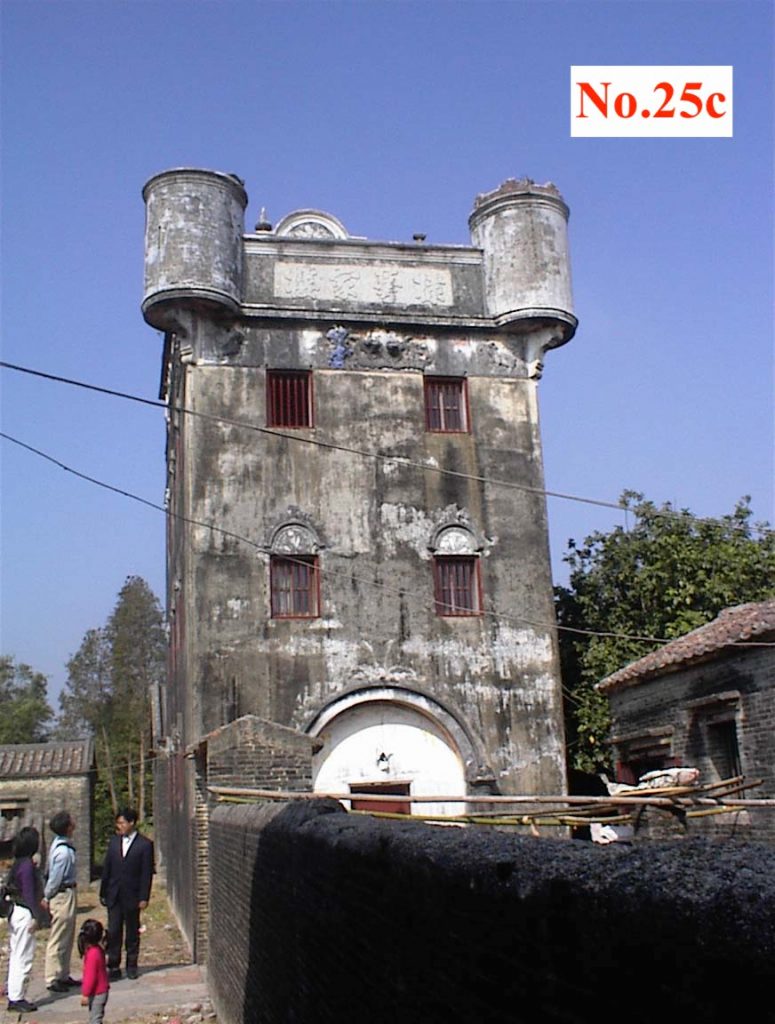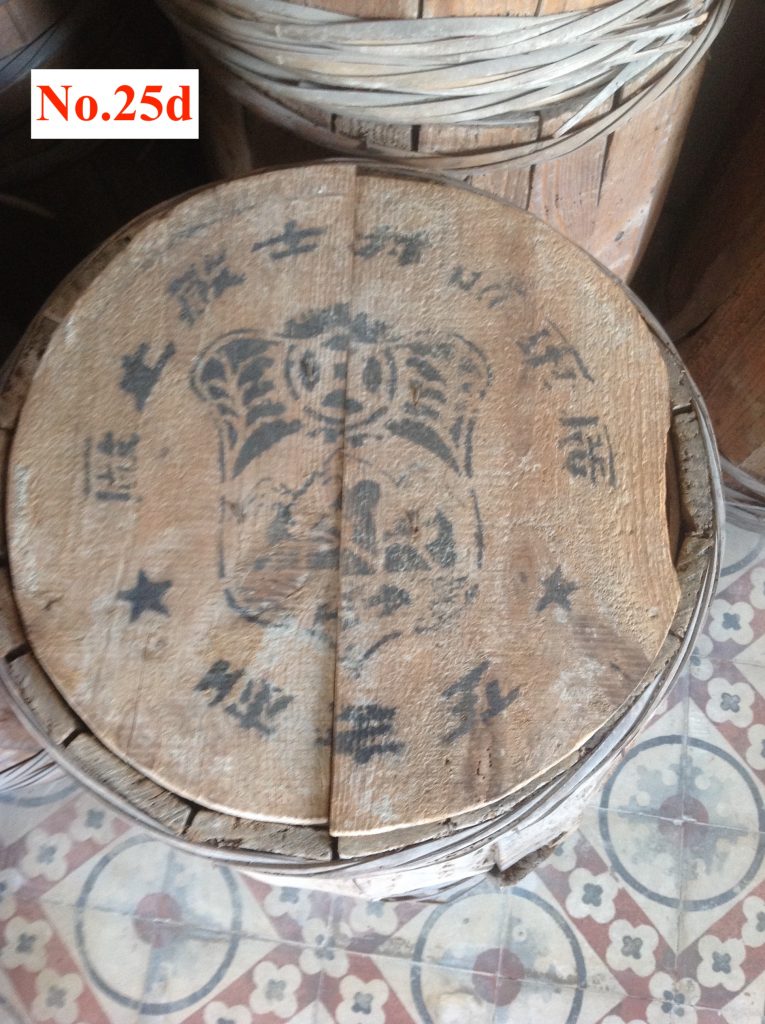
Scattered in their thousands around the landscape of the Pearl River Delta of southern China can be found diaolou (碉樓 – lit. guntowers). In a wide range of decorative styles, these many towers have in common their defensive features mostly consisting of narrow slits for guns and heavy internal hatches of metal for sealing off the upper floors. The diaolou of the county of Kaiping are especially fantastical in design, so much so they have been declared of world heritage value by UNESCO and are now protected as such.

The connection these (hopefully) bandit proof buildings have with Australia is that they began to sprout in the early 20th century across the rice fields of southern China as the result of money earned in places such as Australia. A great many of the Pearl River Delta regions inhabitants lived and worked overseas in Australia, North America, South East Asia, Peru, and many other localities over several generations. This international exposure and the money earned party found its expression in the building of these nominally defensive structures (bandits were certainly rife) that were also a form of conspicuous consumption with their obviously foreign (European) decorative features.

Thus a Melbourne carpenter or a Sydney market gardener on returning home to his village after perhaps several years or even decades away, if he had sufficient earnings, might commission a new family home to show to all around that he and his family were special enough to warrant and afford the protection of a diaolou. Often such a tower might be simply an addition to an existing home, and this was more common in Zhongshan (see No.21). While in Taishan or Kaiping counties the diaolou itself often became the family home.

An interesting feature of the diaolou is that although they were built largely with foreign money and were obviously inspired by foreign architectural features they were not based on the architecture of the specific places where the money was earned. (See No.21 for a notable exception from Wollongong!) Thus with very few exceptions the dialou follow a pattern that while varying from district to district largely follow a style that grew up locally. Thus although the districts of Kaiping, Taishan and Zhongshan all have diaolou, each has a distinct style for that region while none can be identified as “Australian” or “Peruvian” based on their features, architectural or otherwise.

